Hace cuatro días recibí el correo automático de la publicación de novedades de Garmin en la FCC (Federal Communications Comission, quien tiene que certificar todos los dispositivos que emiten señales en Estados Unidos).
Generalmente, cuando se publica en la FCC de forma pública, toda la información más «comprometida» está bloqueada para guardar el secreto del producto hasta unos meses después que su presentación haya sido efectiva. Es algo totalmente lógico pues a ningún fabricante le interesa revelar todos los detalles de su producto antes de que se de a conocer, ni al gran público ni principalmente a competidores.
Me extrañó encontrarme de nuevo con el Fenix 5 y, sobre todo, con todo el expediente abierto, por lo que no podía tratarse de una nueva versión del Fenix 5 que incluyera Garmin Pay y posibilidad de reproducción de música, como el nuevo Forerunner 645. No le di mayor importancia hasta que ayer recibí de nuevo correo con nueva documentación que se había subido al expediente, denominado internamente como IPH-A3119-00.
Este nuevo documento se trataba de una carta acreditando los permisos para realizar cambios permitidos en la regulación, debido a un rediseño interno de la antena y la alteración en la potencia de transmisión de señales.
Traduciendo al castellano llano, Garmin ha realizado modificaciones en la antena utilizada para transmisión de datos ANT+ y Bluetooth. Estos cambios conllevan un aumento de la potencia de transmisión de Bluetooth y ANT+ en la frecuencia 2,4GHz. A su vez Garmin ha tenido que reducir la potencia de transmisión de WiFi (que trabaja en la misma banda) para mantener la misma potencia de radiación efectiva (o EIRP, potencia isotrópica radiada equivalente). Y ahora pasaré a explicar por qué.
Navegar a secciones específicas
El problema
Desde la primera llegada del Garmin Fenix 5 al mercado algunos usuarios se han quejado de problemas con el uso de sensores ANT+. No tanto de sensores de frecuencia cardíaca, sino más bien relacionados con medidores de potencia de ciclismo o carrera. Por ejemplo Stryd no incluye al Fenix 5 entre los dispositivos compatibles. El sensor de pulso está siempre muy cerca del reloj y sin nada que se interponga en la señal, pero los medidores de potencia pueden tener un comportamiento más crítico debido a la lejanía y a que el cuerpo (compuesto principalmente de agua, que no permite transmitir las señales digitales) podía situarse entre medias.
Realmente yo no tuve ningún problema con el Fenix 5, y lo utilicé con multitud de sensores como hago siempre. Y dispositivos lejanos, como medidor de potencia o incluso el radar Garmin Varia, que es lo que mayor problema puede ofrecer pues está siempre situado detrás del cuerpo. En todo el tiempo de uso no aprecié ningún tipo de desconexión ni aviso.
Estas desconexiones sí las había percibido antes, pero en otros dispositivos. Por ejemplo con el Garmin FR735XT, del cual probé dos unidades diferentes. El primero se desconectaba del radar con bastante frecuencia, el segundo jamás lo hizo. Del mismo modo la conexión con el teléfono era mucho más fiable en el segundo modelo.
Simplemente achaqué este problema a algo similar a lo que a mi me ocurrió, algunas unidades «fabricadas un viernes». Pero está claro que si Garmin ha entrado en hacer un rediseño es que hay algo más detrás.
Modelos afectados
Por el momento el único modelo que ha sufrido el rediseño es el Fenix 5. El Fenix 5S tiene otro número de modelo y de momento no ha habido cambios al respecto.
El Fenix 5X no se encuentra afectado ya que mantiene un diseño muy similar al Fenix 3 HR, que no sufre de dicho problema. Y el otro modelo que podría ver problemas parecidos, el Forerunner 935, tampoco está afectado porque independientemente del diseño que tenga su antena, no hay metal en su construcción por lo que no hay nada que pueda interferir en la transmisión de señal.
De hecho uso el FR935 con mucha frecuencia y la conexión es muy sólida y potente, especialmente notable con el Bluetooth ya que puedo dejar el teléfono en la planta de arriba de la oficina y seguir recibiendo notificaciones si bajo al piso inferior.
La solución
Como indicaba al principio la solución de Garmin ha sido modificar el diseño de la antena y variar la potencia de transmisión, al menos en el caso de los modelos con cristal de zafiro, que son los que incluyen WiFi.
Y hablo específicamente de rediseño de antena, no de modificación de software, porque es lo que incluye la carta que has visto más arriba. Por lo tanto no es algo que se pueda aplicar a anteriores modelos con una simple actualización de software, o al menos entiendo que no sería aplicable.
¿Habrá llamada masiva a servicio técnico?
Lo dudo mucho. Creo que no todos los relojes están afectados, al menos en mi caso no lo estaba ya que no es algo que notara en ningún momento. Sí puedo decir que el FR935 tenga más potencia de transmisión, pero como digo es algo más relacionado con el uso de acero en la carcasa (fibra en el FR935). En mi caso en ningún momento el reloj me impedía usarlo con normalidad.
Además no todos los usuarios conectan su reloj con sensores externos, más allá de un sensor de frecuencia cardíaca. Logísticamente llamar a revisión a los millones de Fenix 5 que se han vendido es una locura. Lo que sí estoy seguro es que ahora se atenderá mejor a las reclamaciones en garantía (y fuera de ella) que se puedan producir por esta circunstancia, y seguro que en uno o dos meses todos los servicios técnicos del mundo estarán preparados para atender a la incidencia de manera rápida y efectiva.
¿Debo contactar inmediatamente con el servicio técnico?
No, porque no vas a solucionar nada. Si verdaderamente tienes problemas de desconexiones con sensores, yo esperaría un plazo prudente porque enviar ahora el reloj al servicio técnico no solucionará ningún problema.
Me voy a comprar el Fenix 5 ahora. ¿Estará afectado?
Pues es imposible de saber. No es un modelo nuevo ni una referencia nueva, por lo que no hay ninguna forma de saber si tu reloj vendrá con la antena rediseñada o no. Si lo vas a comprar dentro de tres meses tampoco es posible saber si será una nueva unidad o si viene de algún almacén. Pero bien es cierto que no es la situación más cómoda para comprar un reloj que no es precisamente barato.
Espero haber podido aclarar todas las dudas al respecto. Cuando publiqué la noticia ayer en redes sociales se levantó cierto revuelo en Facebook, y la falta de espacio y tiempo para aclararlo ha generado bastantes dudas. Así que espero que ahora ya puedas entender cuál es la situación y qué es lo que ha cambiado en el rediseño.
Si algún ingeniero de telecomunicaciones tiene un rato libre este fin de semana y quiere echarle un vistazo a los reportes de emisiones y potencia de transmisión, aquí tiene los iniciales (1 y 2) y puede compararlos con los nuevos (1, 2 y 3). Seguro que nos puede dar algo más de luz de la que yo pueda ofrecer al respecto, pues mis conocimientos son limitados.
Y si te queda alguna duda… ya sabes, abajo tienes los comentarios. ¡Gracias por leer!

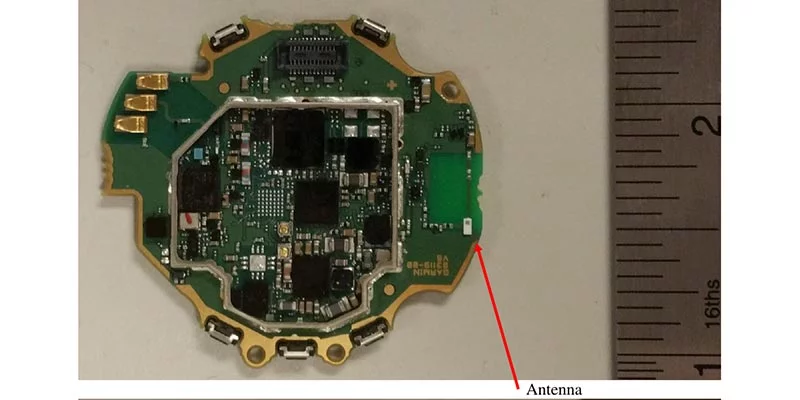
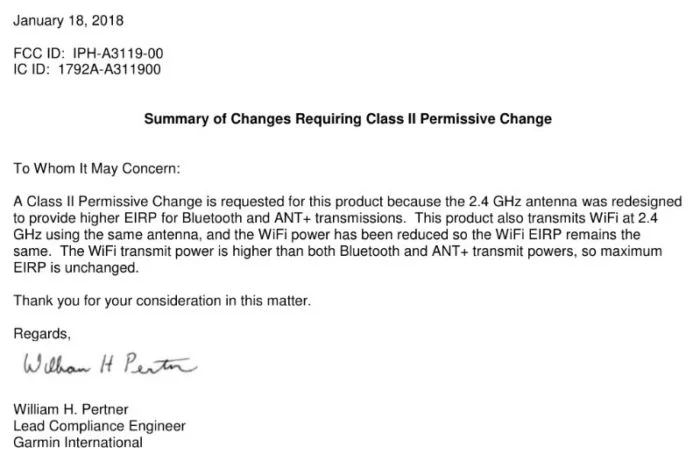
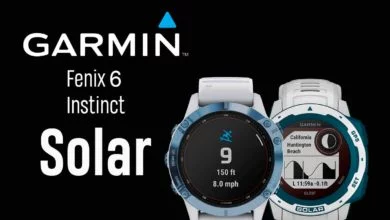
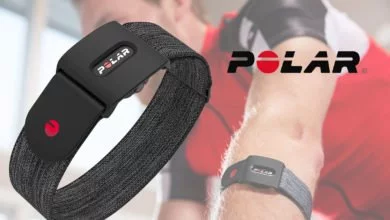

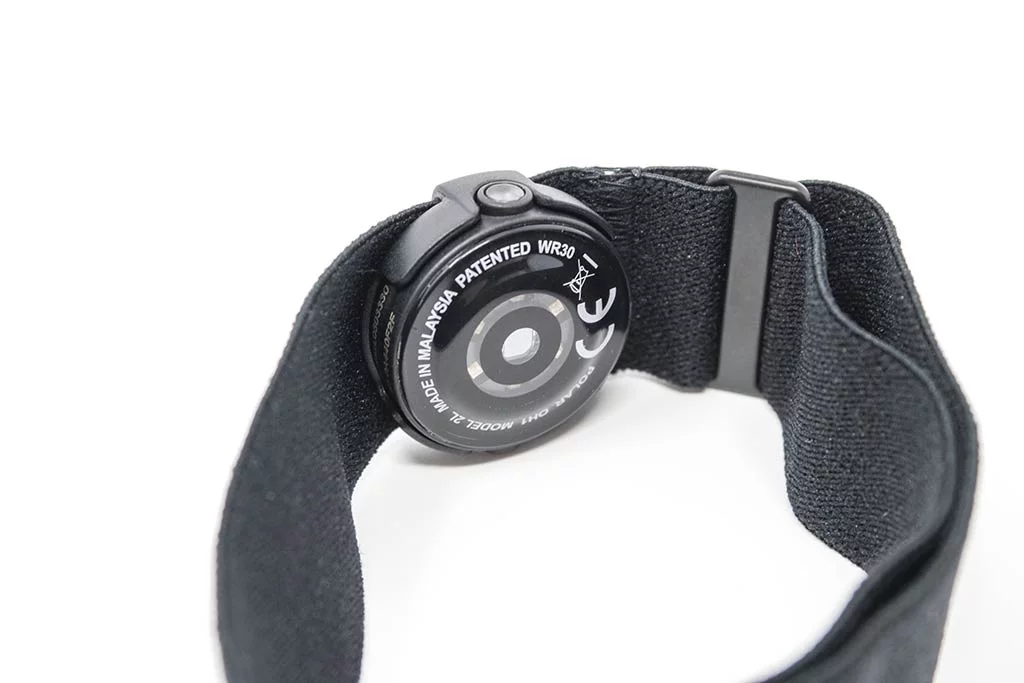
Si Polar no lanza su nuevo reloj, o Suunto un video mostrando las capacidades de conexión de Spartan, estarían dejando pasar la oportunidad de hacer que el Fenix 5 sea realmente un problema para Garmin
Gracias por la información crack, en mi caso aunque no venga a cuento, he cambiado un Garmin Edge 520 hasta 4 ocasiones porque el sensor barométrico iba o va bastante mal, hasta que me enviaron uno que funcionaba correctamente. La pregunta a Garmin sería, por que unos si y otros no? Partidas defectuosas de los suministradores de componentes?.
Un saludo.
Aprovechando este post, quería saber si alguien sabe si esto también afecta al receptor GPS? Cuando descargo mis carreras veo que el recorrido no es nada exacto, tiene muchos picos incluso atraviesa los ríos. Esto es defecto del reloj o de configuración?
Gracias
A mi me pasa lo mismo…a ver si alguien nos podría dar una explicación. En bicicleta nunca me pasa por lo que creo que es un problema de software mas que de hardware
Buenas, tengo un Fenix 5 (anteriormente un 3) cuando uso unos auriculares bluetooth para escuchar musica desde el movil, el reloj se desconecta constantemente (con los mismo auriculares y movil no tenia este problema en el F 3) me dí cuenta de que el problema se solucionaba cambiando el reloj de mano, el receptor bluetooth de los auriculares esta en el lado derecho, leyendo tu artículo creo que este es el problema, lo consulté con Garmin y no me dieron solución ¿Crees que puedo pedir que me actualizen el reloj debido a este problema?
Además he detectado que la distancia que indica el reloj no se corresponde con la distancia que muestra la App G.Connect, he comprobado con otros relojes y la distancia correcta es la que se muestra en la app, la del reloj es bastante inferior, ¿tenias noticias de este fallo?
Muchas Gracias.
Ese problema no tiene nada que ver con el diseño de la antena, es una limitación del Bluetooth por diseño en cuanto a la capacidad de transmisión que es de sólo 352kbps. Si este ancho de banda está ocupado por la reproducción de música, evidentemente el reloj pierde la conexión porque el teléfono está priorizando la reproducción.
Yo tenia problemas con desconexiones constantes del bluetooth al smartphone, con algo tan sanción con cruzar los brazos, o ponerme las manos en la espalda, después de 10 mails al SAT Garmin (Tratándome de tonto…) Exijo que se ejecute la garantía, lo que me dan un RMA y lo envío por SEUR, al cabo de unos días, me contestan diciéndome que no pueden reparar mi Fenix 5 y que proceden a mandarme una unidad REACONDICIONADA procedente de los almacenes de UK y que estará disponible en 15 a 20 días, mas las 24h u 48h de envío a mi domicilio… creo que han perdido un cliente conmigo. Exigí una unidad nueva o la mía reparada y la respuesta fue un rotundo, ESTAMOS EN EL MARCO DE LA LEGALIDAD VIGENTE. En pocas palabras si te gusta bien y si no pues también. En fin… ya me han visto en Garmin…
Creo que garmin tiene productos con excelentes ideas y funciones del mercado. Pero solo cuando funcionan bien. Siempre hay problemas.
Como casi todos, ten en cuenta que son productos muy avanzados, no son simples smartwaches, y van sacando modelos con la presión de la competencia no estando muchas veces «maduros» polar o suunto tampoco se escapan…
El garmin fenix 5 siempre se está actualizando, el sensor de pulsaciones no marca nada en las 4 ultimas horas y ya lo he llevado a reparar. Me lo han devuelto igual del servicio técnico. Estoy muy disgustada con este reloj, solo tiene problemas y decathlon no se quiere hacer cargo aún así quedando un año y medio de garantia.
recibí el reloj hace 2 dias, el fenix 5. Una pasada. Compré hasta una carátula de reloj. Y de camino vienen unos protectores. Me encanta el diseño y se ve de calidad, pero… se desconecta continuamente del movil y cuando lo hace te cuesta horas volverlo a conectar !!!!
He perdido 2 días haciendo lo que me ha indicado el SAT y estoy hasta las narices!! Sintiendolo mucho lo voy a devolver. Es una VERGÜENZA que un reloj de 600 euros tenga estos problemas. Mi pulsera xiaomi de 15 euros jamás ha tenido estos problemas.
Alucinante.
Yo tengo el FR 935 y me esta dando problemas el sensor óptico de frecuencia cardiaca con espacios en blanco en los intervalos de 4horas , directamente se apaga La Luz lid del sensor durante segundos. Duramente la actividad deportiva funciona bien de momento.
He tenido dos Fénix 3 y los cambié por este modelo porque me fallaba el sensor del Altímetro, barómetro y temperatura en los dos Fénix 3.
El Sat dé Garmin no me solucionó el problema y a base de dar el coñazo en el centro comercial donde lo compré conseguí cambiarlo por este modelo que también da problemas.
He visto en la red usuarios que están afectados por estos problemas y van ha hacer una reclamación o denuncia conjunta.
Tengo un grmin fenix 5 que me compre hace dos meses y la conectividad va fenomenal de momento. Pero el led del sensor optico parpadea constantemente (como un intermitente muy rapido). En cunto activo la pantalla del pulso o hago una actividad la luz quda fija. Lo cierto es que las lecturas de pulso parecen consistentes pero no se si el parpadeo es normal. Alguien mas lo tiene?
Es totalmente normal
perdon no comprendi muy bien del reloj Fenix 5s si cuenta con antena para poderlo conectar a Zwift ya lo intente en configuracion-sensores y accesorios-FC en la muñeca y por ultimo en la opcion Transm. en act. -Activado.
pero no me conecta ojala si se pueda con este reloj. Me pueden confirmar si trae Ant+